Moving Image
Museum of New Zealand Te Papa Tongarewa 15 A Painter's Journey
-
Pou Auaha / Creative Director
Prue Donald
-
Ngā Kaimahi / Team Members
Barrington West, Toby Donald, Jeremy Cullen, Piet Asplet -
Kaitautoko / Contributors
Linda Waters, Tijana Cvetkovic, Jennifer Cauchi, Rosanne Kwan, Ginevera Ambrosia, Maarten Holl, Lizzie Bisley, Hanahiva Rose, Charlotte Davy, Samantha Wallis, Catherine Halbleib -
Client
Museum of New Zealand Te Papa Tongarewa
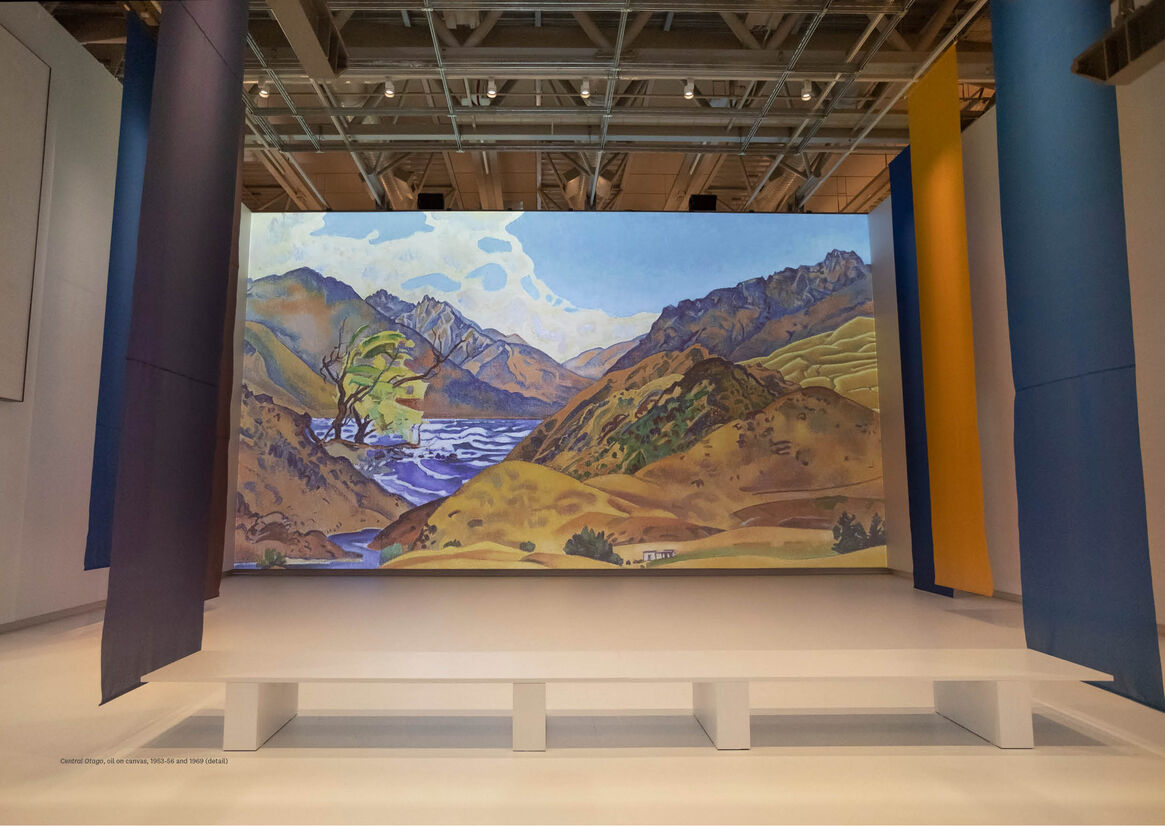
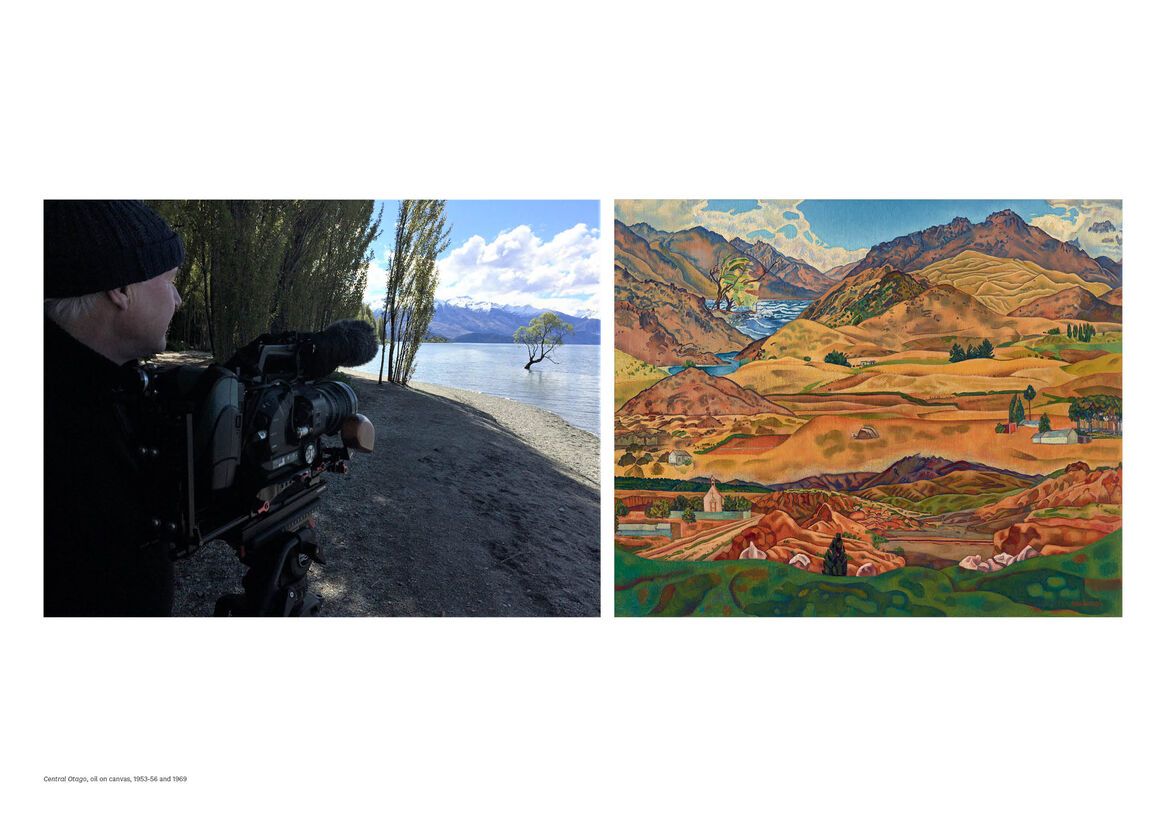
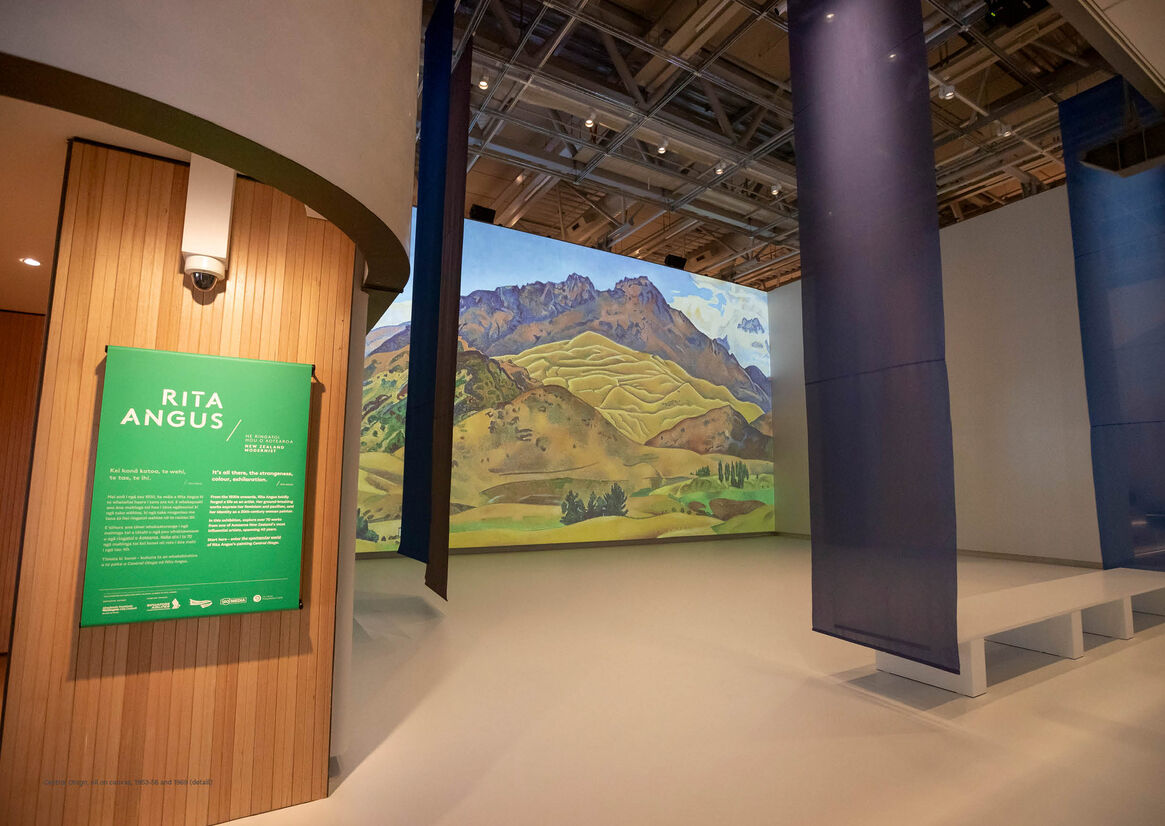
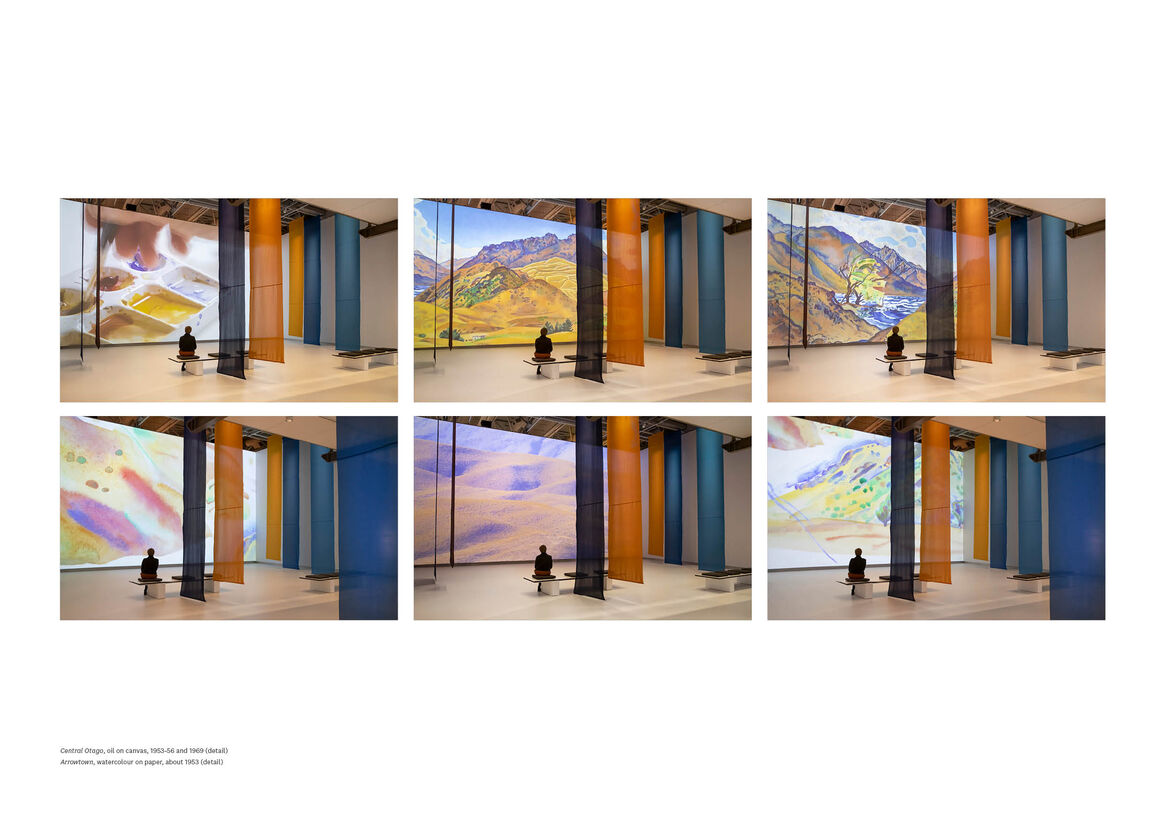
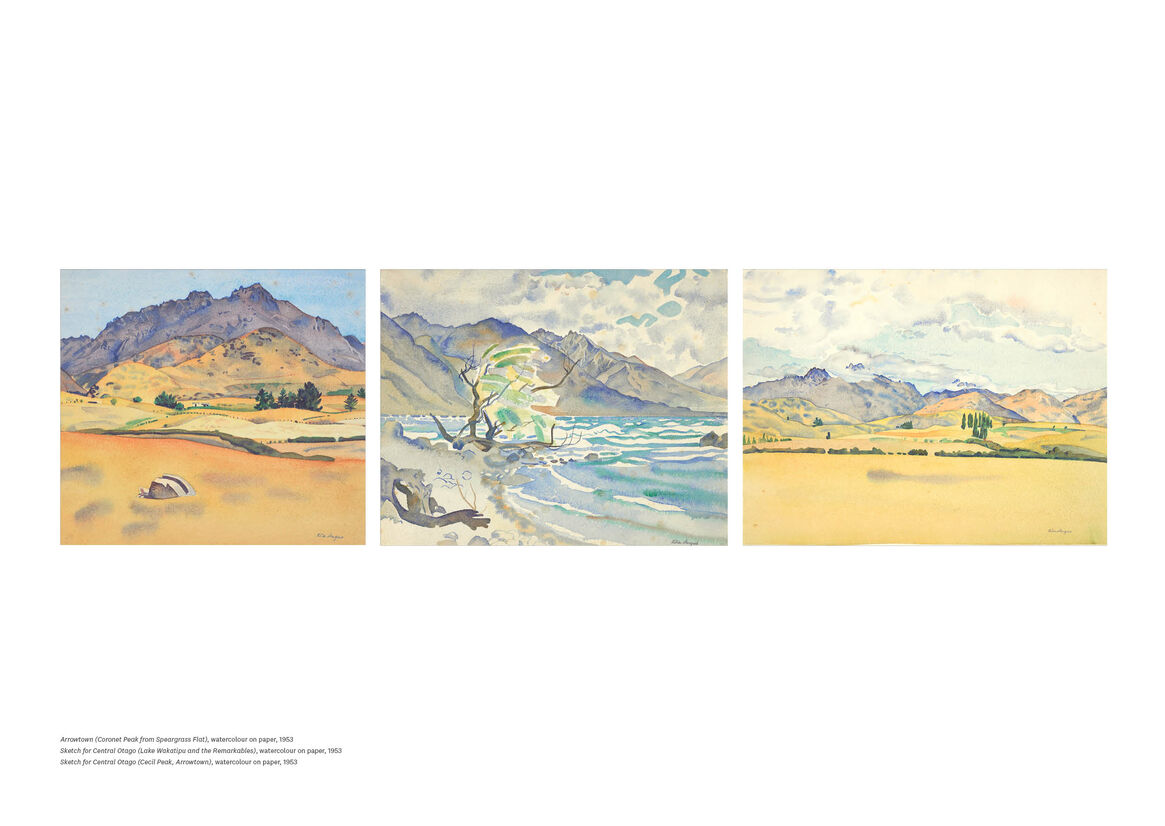
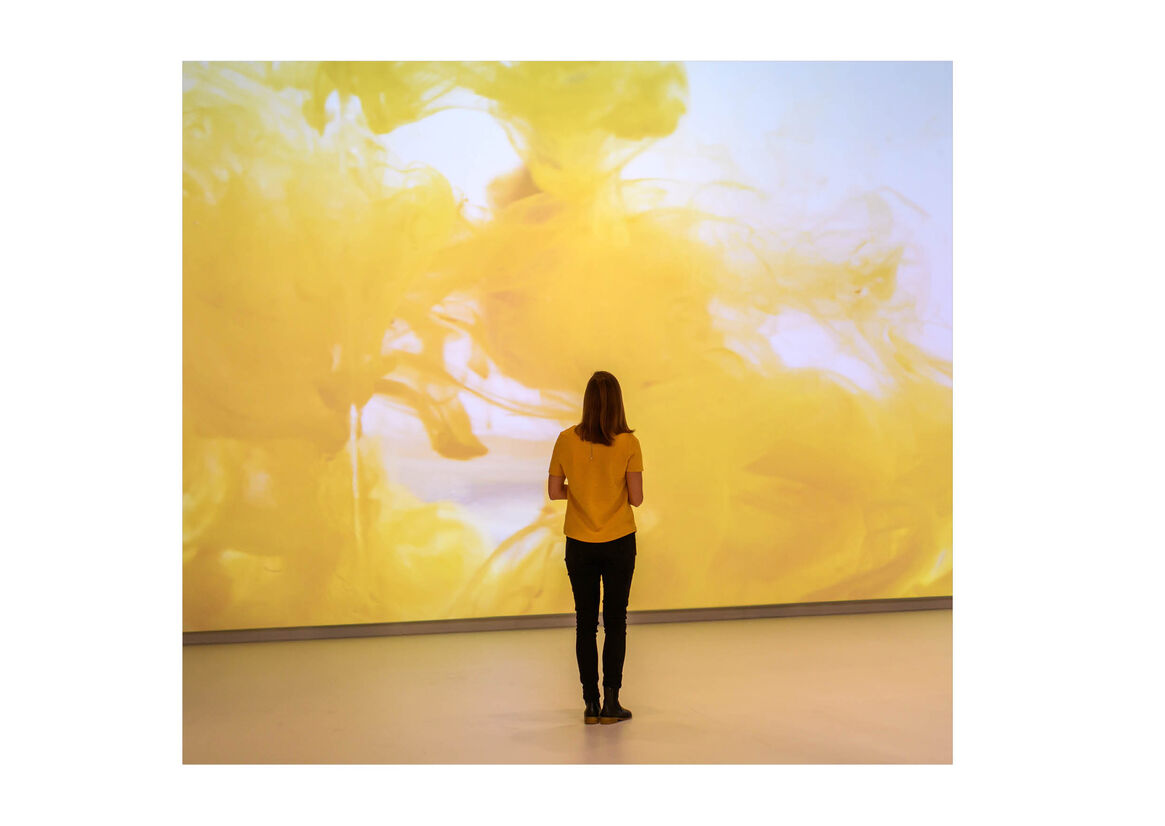
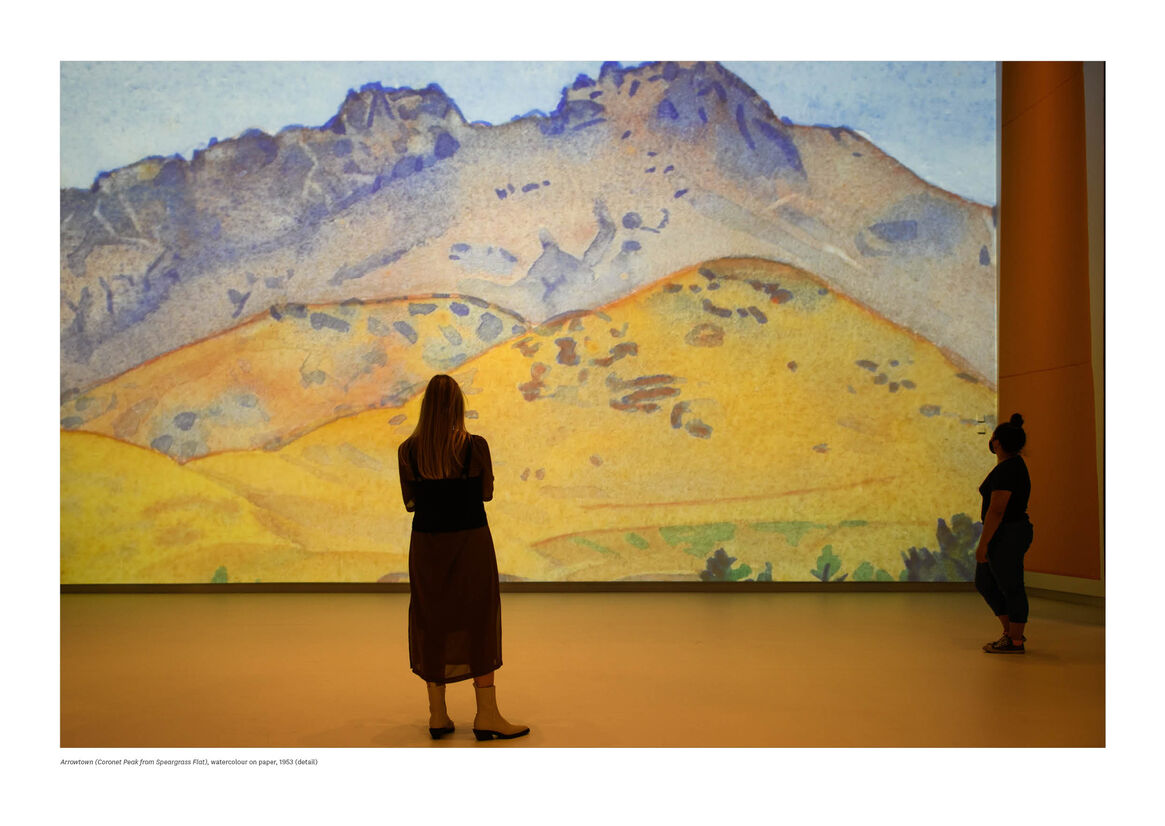
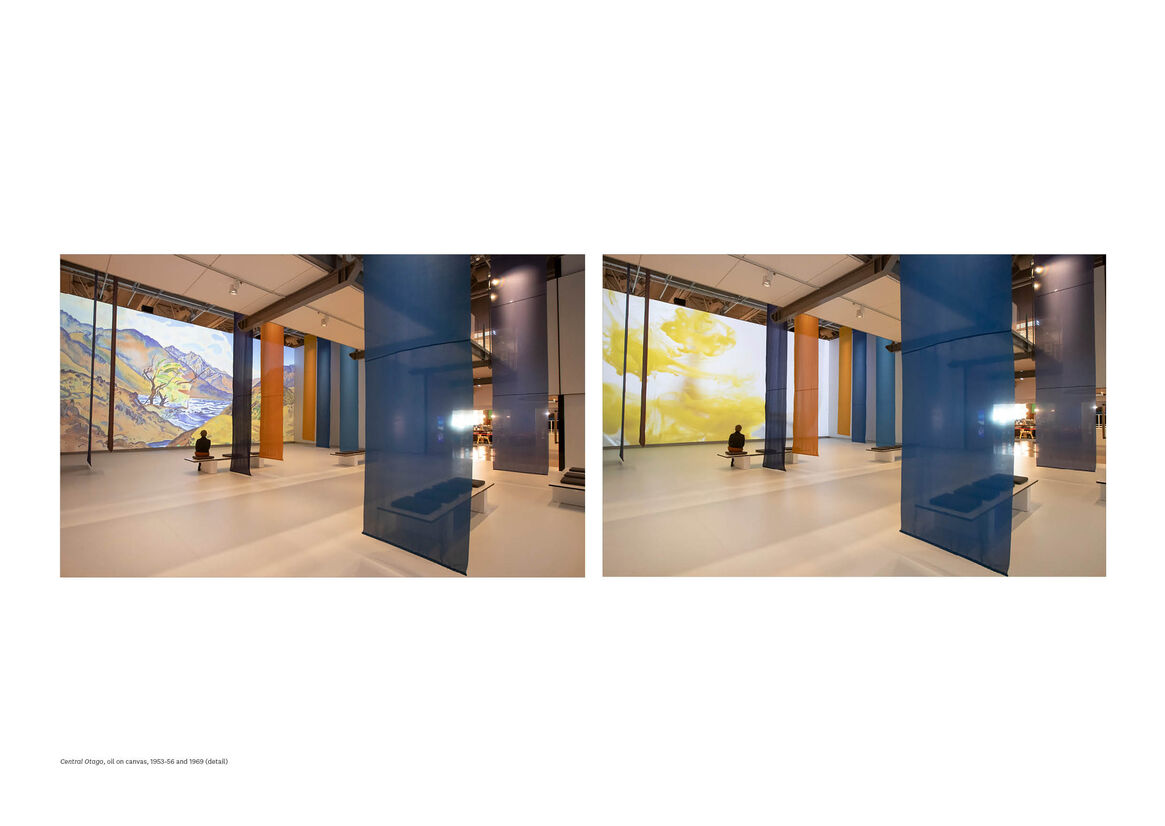
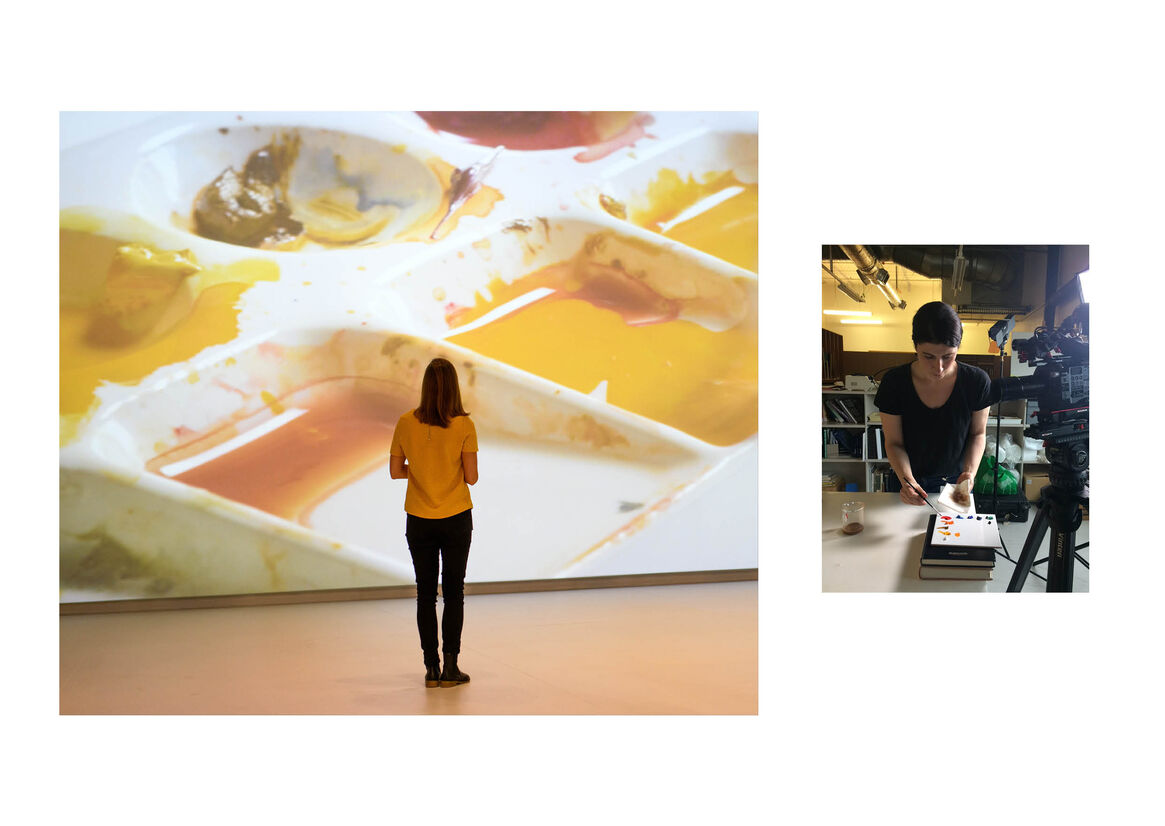
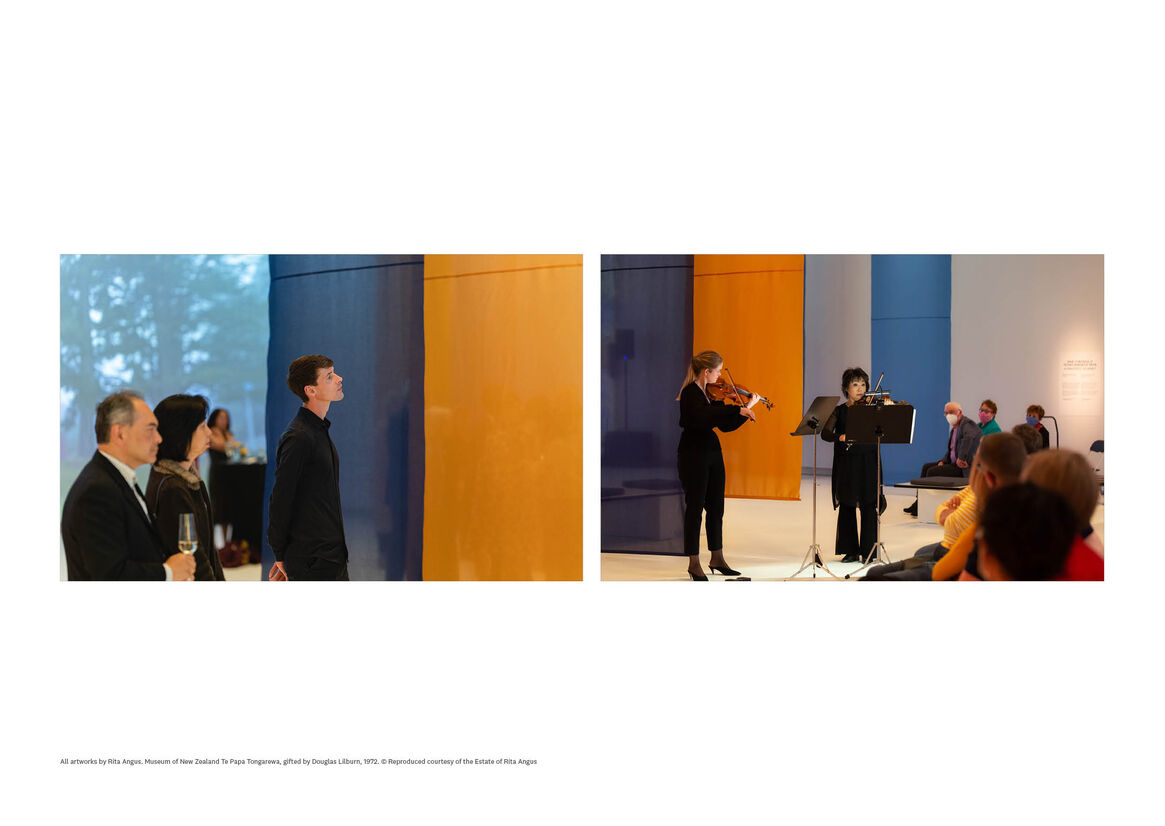
Description:
Visitors to Te Papa’s recent Rita Angus exhibition were welcomed into a huge, double-height gallery. 'A Painter’s Journey' was projected on facing, 9-metre walls. Music by Douglas Lilburn filled the room, mixed with natural sounds from the landscapes that Angus painted and, occasionally, the sound of paint brushing over paper.
It was the first experience in a major retrospective of Rita Angus’s work. The film invited visitors to see the world through Angus’s eyes – beginning their journey by slowing down, looking closely, and considering how an artist’s sense of place can be translated into paint. Visitors then enter the rest of the exhibition with a heightened awareness and a sense of connection to the paintings.
The film explores Angus’ oil painting Central Otago, which began with a trip through the region in 1953. She recorded her journey in a series of watercolour studies, piecing together to create a single oil painting. Dense, and loaded with layers of colour, the oil shifts constantly in scale and perspective – from a huge tree on the edge of Lake Wānaka, to the craggy red outlines of the Kyeburn Diggings.
The film takes visitors – at cinematic scale – through the process of looking at, sketching, and painting a landscape. Atmospheric scenes shot in Central Otago cut to vivid watercolour studies of the same location. Detailed research by Te Papa’s painting conservators revealed the artist’s technique and colour palette. Scenes shot with a macro lens bring Angus’ method of watercolour painting to life.
Filming on location captured the movement of light, wind, and weather. Angus recorded features like mountains and trees, but also the feeling of being in a place. She wrote to her friend Douglas Lilburn, who had commissioned the painting: “It’s all there, the strangeness, colour, exhilaration.”
The film finishes with the oil painting itself. Panning through the painting, at super high-res, visitors understand visually the ways in which the watercolour studies are drawn together in a single composition. The soundtrack repeats phrases heard in the landscape shots, encouraging visitors to connect the painting to specific locations.
Music by Douglas Lilburn sets the pace and mood of the film. Natural sounds suggest details for visitors to find – the call of a bird, a church bell chiming, or the flow of the Clutha River.
Rita Angus believed in the power of colour to communicate emotion, memory and joy. The colours in the paintings were picked up by textiles suspended through the centre of the gallery. These soft, floating forms reflected the colours in the film, framing and sharpening its views of paintings, paint and landscape.
Visitor comments
“The film was so commanding and innovative. It … gave life to the work.”
“It conveyed the scope and immensity of Central Otago and I thought it brave and brilliant that you took that small painting and interpreted its context and content so originally and so powerfully. It was very moving.”